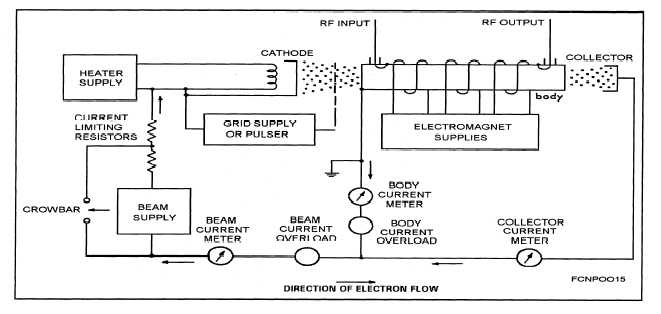Figure 2-9.—Associated klystron amplifier equipment.
COOLING KLYSTRON AMPLIFIERS.— Most
low-power klystron amplifiers are air-cooled, whereas
all high-power klystrons are liquid-cooled. It should
be stressed that the technician responsible for main-
taining the klystron transmitter must be familiar with
the cooling system of the equipment. It should also be
stressed that an expensive klystron amplifier system
may be destroyed in a matter of seconds if the cooling
system fails. A well-designed system uses many pro-
tective devices to prevent this from happening.
The main source of power and heat in a klystron
amplifier package is the beam power supply. Since the
power generated by the beam supply must go some-
where, part of it is converted to RF power, while the
remainder eventually shows up as heat somewhere in
the klystron. Klystron cooling is required to be able to
dissipate the entire beam power. This is necessary,
because if no RF output is being generated (either due
to low RF input power or detuning of the klystron
tube), all the beam power will be dissipated as heat
somewhere within the tube. When most of the elec-
trons in the beam eventually strike the collector, their
energy is dissipated as heat. Also, the small fraction
of the beam lost to the drift tube generates heat.
Klystron amplifiers are normally from 30 to 50
percent efficient. Therefore, a tube rated at 10-kilo-
watt output must be designed to dissipate between 10
and 23 kilowatts, depending on its efficiency. A tube
rated at 100 kilowatts must be capable of dissipating
between 100 and 230 kilowatts, depending on eff-
iciency. Very advanced cooling techniques are neces-
sary. The power levels involved may melt a hole in
the drift tube or the collector in a small fraction of a
second if the cooling system fails and adequate pro-
tective devices are not provided.
There are other, smaller sources of heat in a
klystron amplifier system. The heat produced by the
heater is conducted and radiated to the exterior sur-
faces of the electron gun assembly and must be dis-
sipated. Large tubes require a blower on the electron
gun assembly to dissipate this heat. The power gen-
erated by the focus coil power supply is all dissipated
in the electromagnets. Large electromagnets are
usually liquid cooled. If the electromagnet cooling
fails for any reason, the focus coil power supply must
be shut off very quickly, or the magnet will burn out.
The beam voltage must also be removed (preferably
before turning off the focus coil supply) to protect the
tube from excessive body current.
During operation, the walls of the resonant cavi-
ties have oscillating currents flowing in them. Al-
though these cavities are made of very high con-
ductivity metal, they still present a finite resistance to
these oscillating currents. Therefore, heat is generated
in the cavity walls. The amount of heat generated may
be quite sizable in high-power, high-frequency tubes.
2-17


